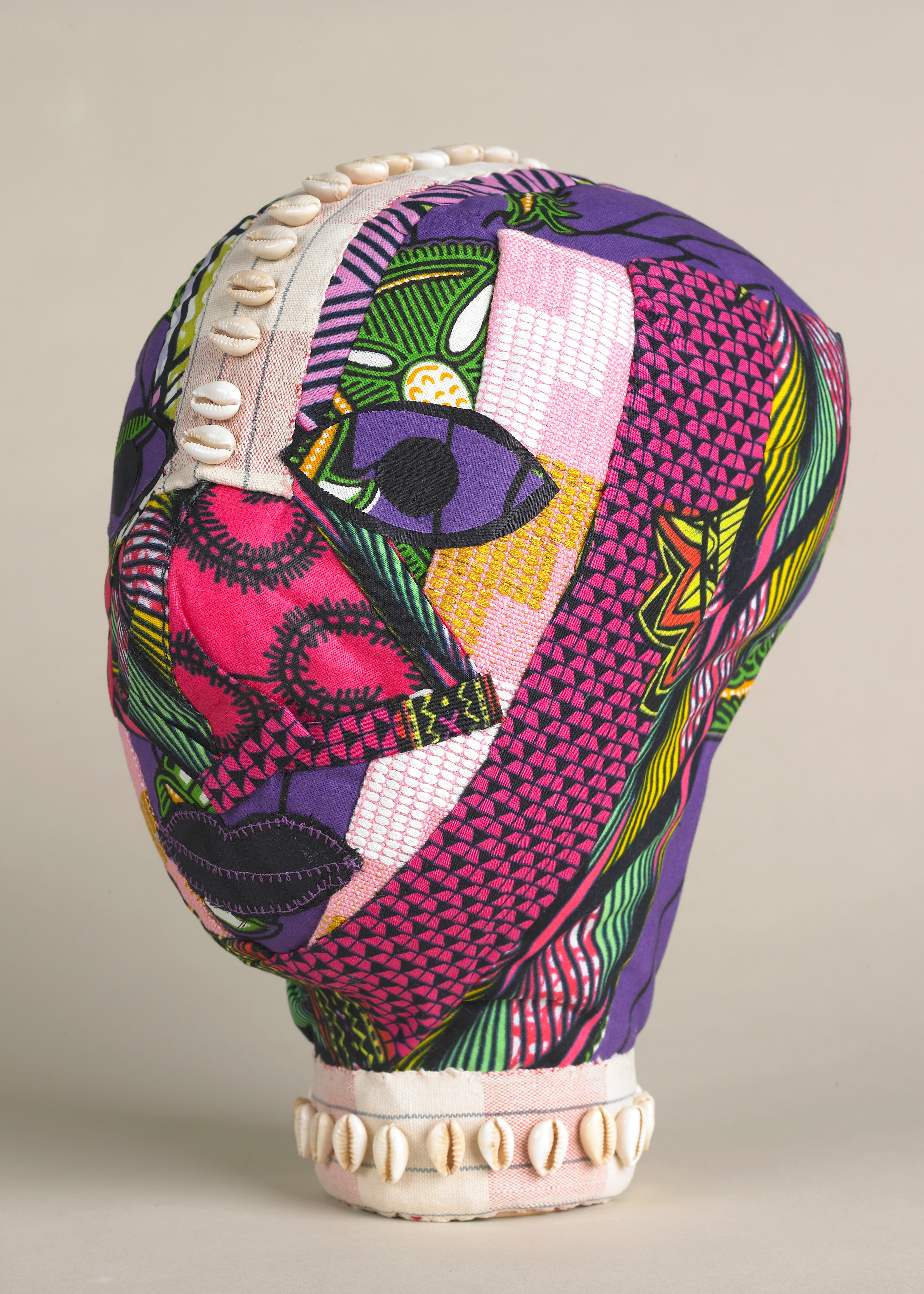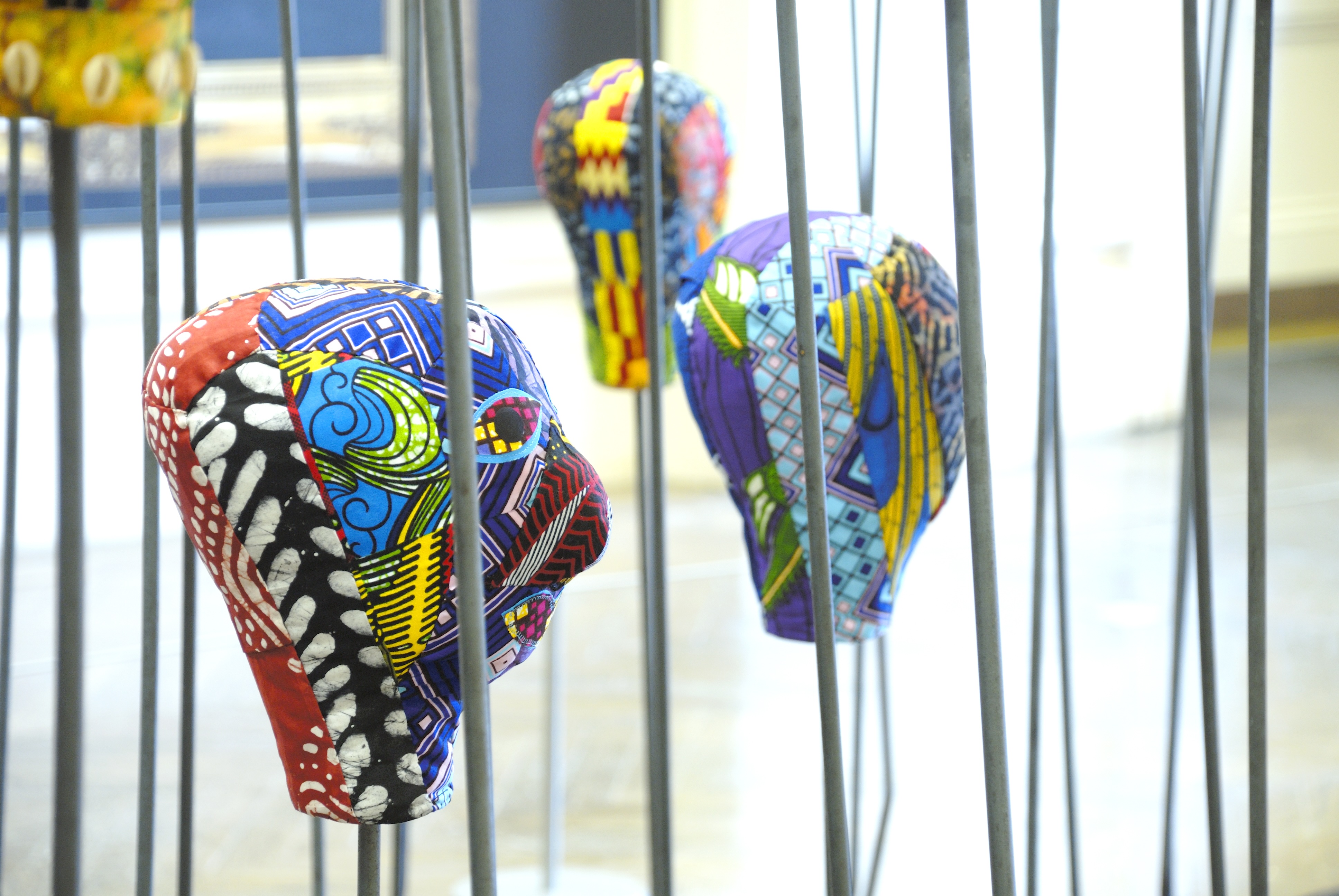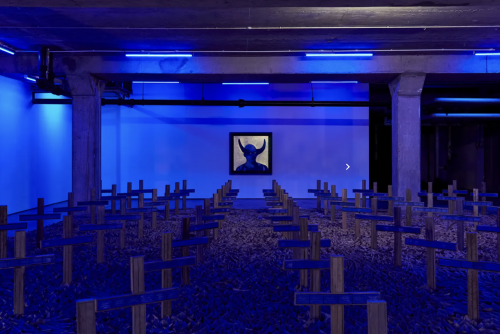Karen McLean
Disentangling the Archive: The Zong Massacre and Liverpool
Walker Art Gallery
Partner Reflection
The goal of my residency was to contribute to the ongoing process of decolonising the collection in the Walker Gallery and the ongoing legacies of colonialism. I aimed to interrogate the collection and to produce a piece that would present new interpretations. One that would fundamentally challenge the traditional narratives that were previously presented.
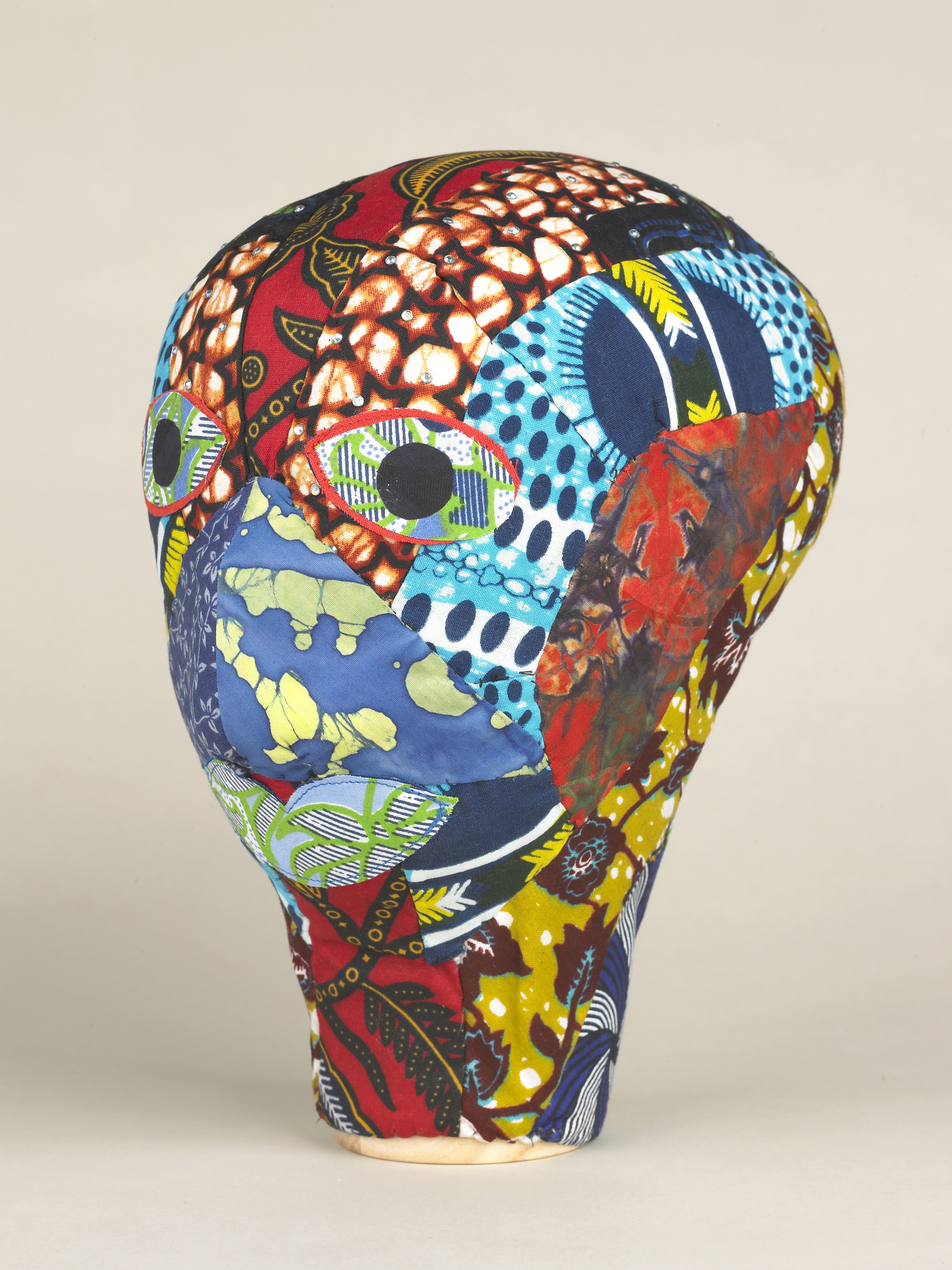
My work focuses on the Zong Massacre, addresses the absence of a pivotal story and highlights the importance of the enslaved voices in the narrative. Thus, my aim is to honour the lives of the 132 lives lost in that tragedy. Additionally, I wanted to bring attention to the dual lives of Liverpool’s merchants, whose wealth was built on the backs of enslaved Africans while they presented themselves as respectable churchgoers and philanthropists. I challenged myself to create a piece from the fabric of this story and engage my audience in a new dialogue around the legacies of slavery. However, my journey started before my residency as I went to learn how to quilt in Boykin, Alabama, with the Gees Bend quilters. This experience deepened my understanding of the connection between cotton, quilt-making, and the exploitation of enslaved Africans.
My visits to the Lynching Museum, the Legacy Museum and Gees Bend as well as the International Slavery Museum imprinted indelibly in my mind the brutal picture of the slave trade and its lasting impact. The deep connection between Liverpool’s wealth, the American South, the Caribbean and the enslaved became more evident as I delved into the research. The Walker Gallery’s collection, alongside other museums in Liverpool such as Lady Lever Art Gallery and the World Museum, expanded my knowledge and understanding of the narrative gaps that needed to be filled.

The process of creating 133 mannequin heads, wrapped in cotton wadding and then quilted onto with African fabrics represents the lives lost and honours and memorialises them. Using cotton fabric immediately connects Liverpool to the cotton plantations in the Caribbean and the American South. Using African cotton adds another layer connecting the murdered Africans to their cultural heritage. It provides a symbolic means of expressing their identities and preparing them ceremoniously for their journey back to their ancestors. By collaborating with a community of sewers I added a pedagogical layer to the project. It gave me an opportunity to enlighten a new audience to my practice and the horrendous story that they had never heard before.
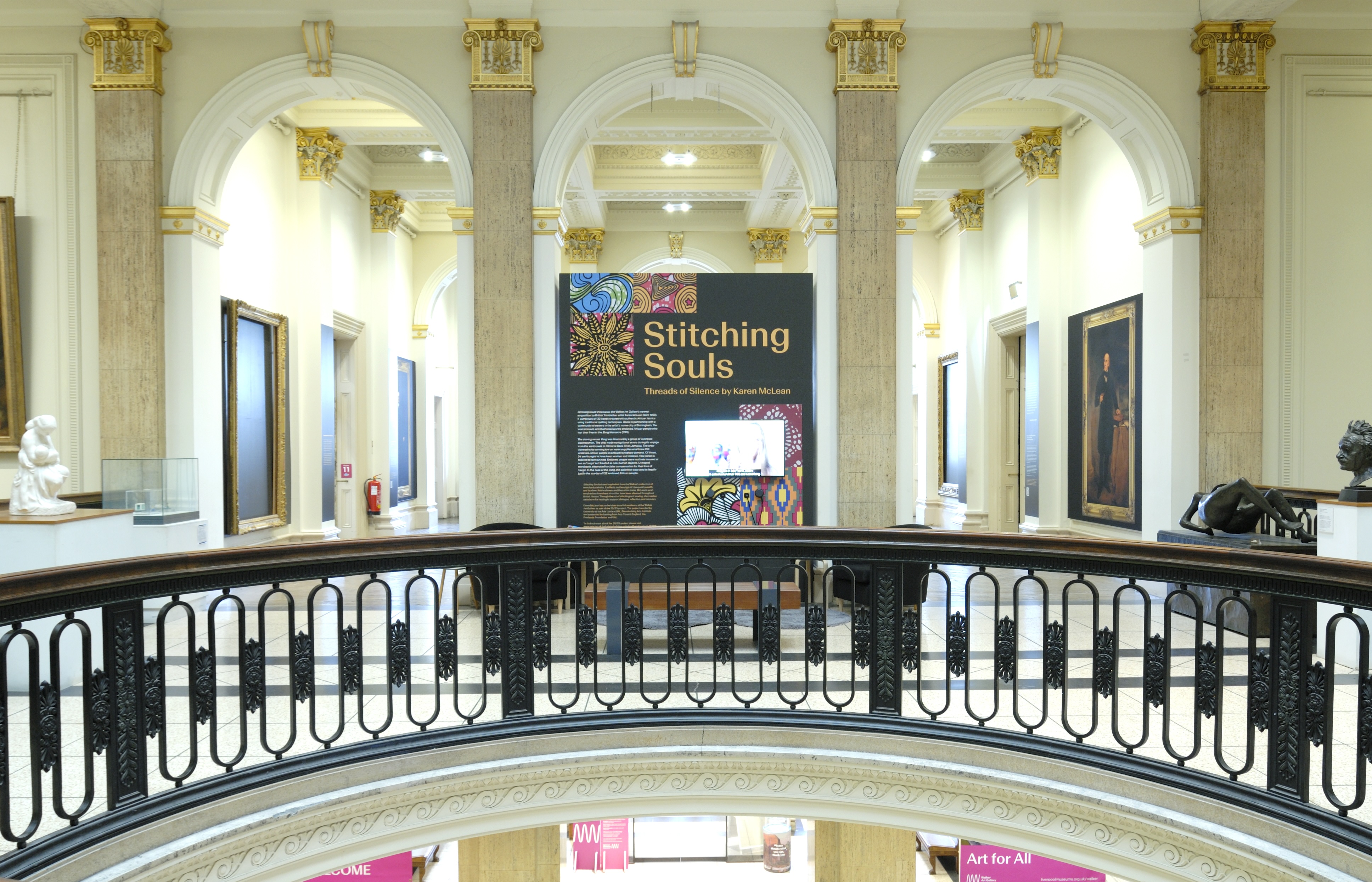
The installation of 133 heads quilted with fragments of cotton African material juxtaposed next to two empty frames and replicas of two merchants who were directly and indirectly connected to the Zong creates a powerful visual representation of the story of the Zong. The heads amplify the voices of the enslaved people who were erased from history, while the empty frames symbolise the absence of their stories. They point to the physical barriers and challenges in confronting these histories. The replicas of the merchants critique the duality of their lives, exposing the disconnection between their public personas and the brutal reality of how they amassed their wealth.
The installation will open a new dialogue to those unfamiliar with these histories and enable them to confront the power dynamics that still resonate today. The acquisition of my work into the gallery’s permanent collection demonstrates its commitment to decolonising their collection and highlights their commitment to address the deep connection of Liverpool to the transatlantic slave trade.
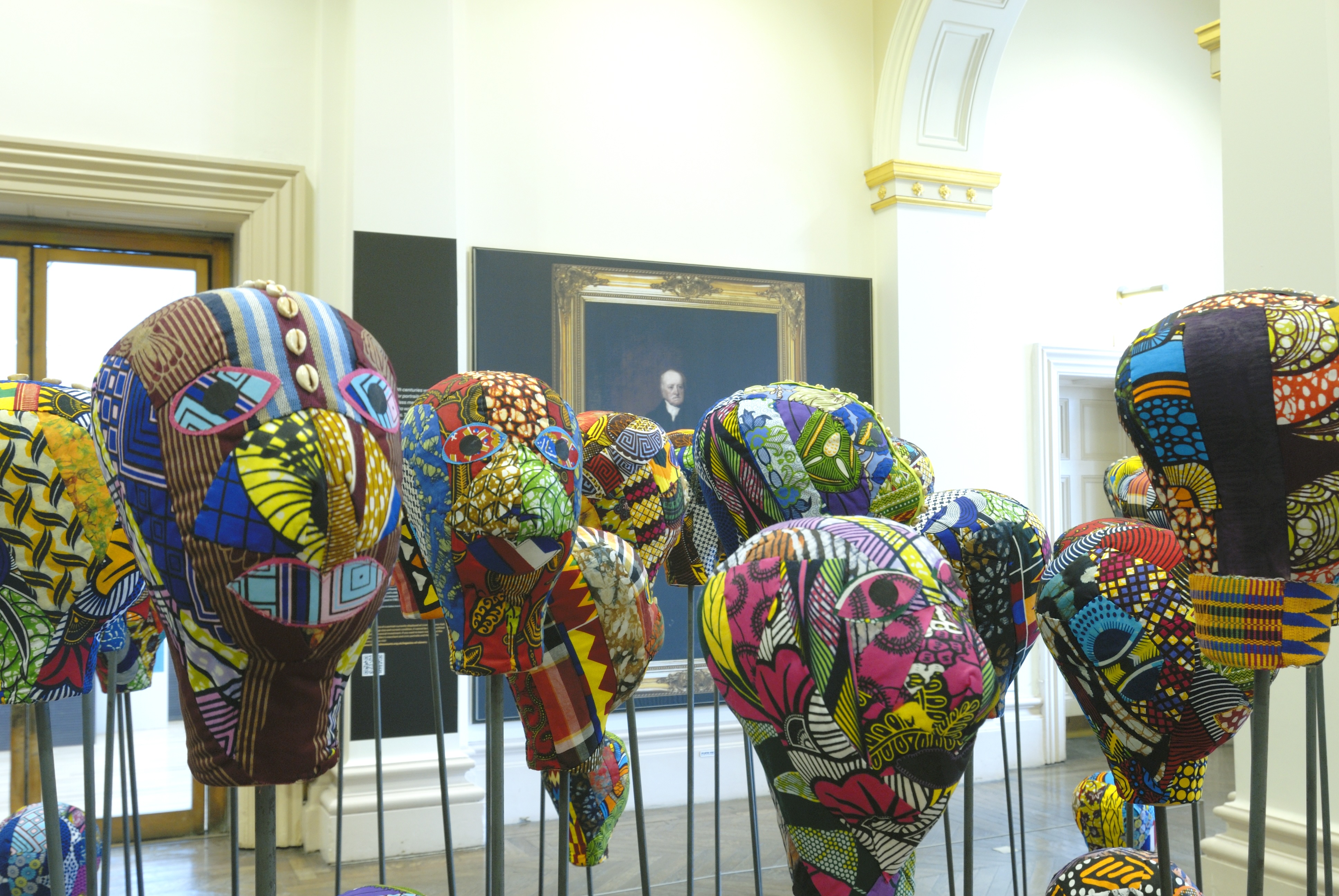
Through this project, I hope to bridge the gap between the gallery and marginalised community groups who are underrepresented. By presenting new narratives that challenge colonial legacies, the gallery will become a more inviting and inclusive place for all citizens of Liverpool. Installing my work in the gallery is an act of reclaiming space and democratizing the gallery that I envisage will open dialogues around history, how it has been presented, by whom, and the ongoing traumas experienced today. Additionally, it will give the school children who visit the gallery regularly, an opportunity to confront the city’s colonial past. This project has been both an emotional and intellectual journey. Engaging with such painful history has been difficult, but it has also increased my determination to create a lasting presence to the lives lost in the Zong Massacre. The opportunity to work with the Walker Gallery, network with curators, and collaborate with community groups has enriched my career. I’ve gained significant new skills in quilting and textiles, particularly with understanding the rich cultural traditions associated with African fabrics, and deepened my knowledge of slavery, the US Civil War, portraiture, and the history of cotton. The process of working on this project has not only improved my technical skills but also fostered critical reflection on the narratives we choose to preserve and those we overlook.
Partner Reflection
20/20 Partner Reflection
Walker Art Gallery
Alex Patterson – Assistant Curator Fine Art
Charlotte Keenan – Head of the Walker Art Gallery
Nicola Selsby-Cunningham – Head of the Walker Art Gallery (Maternity Cover)
Melissa Gustin – Curator of British Art
From the outset, Karen McLean hoped to connect the gallery with the wider city of Liverpool. She wanted to explore the collection of National Museums Liverpool (NML) and the interconnectivity between it, the city and its history. The final work’s placement on the Walker Art Gallery’s grand landing, overlooking Liverpool, was vital.
Liverpool’s connection to the slaving vessel Zong became the main focus of Karen’s inspiration. Her starting points were the merchants and politicians who financed the voyage, using their wealth to trade in enslaved African people and grow its associated economies. The links between the Walker’s civic portrait collection and slavery is well researched and published on our website; however, Karen’s interrogation of these works enabled us to consider these histories from a different perspective: the enslaved people themselves, centring their narrative within the display.
Working across NML’s collection (particularly the Walker and International Slavery Museum collections) highlighted the importance of collaboration across the organisation, drawing on the expertise and experience of different teams.
Ongoing dialogue with the artist throughout the project meant we were able to consider the long-term needs of the acquisition. For example, at an early stage we connected Karen with our conservation team, and we were able to think about the materials being used in the work’s production and plan the future care of the work. Storage issues are a continuing issue, and the size and scale of Karen’s work became a concern. Ethically, we felt the work could not be broken up and acquired partially, so we negotiated the acquisition terms and agreed that the stands and bases were supports for the sculptures and therefore did not accession them. We also considered future displays of the artwork and the potential for individual sculptures to be shown as interventions.
Karen’s personal connection to the project, using her family’s DNA to trace her African heritage, was very present and strong within the work; we decided to adopt a dual approach to the interpretation that offered an institutional narrative beside the artist’s voice. This included quotes and a film exploring the artist’s practice and collaboration with the project’s sewers. We hoped foregrounding the co-production would maintain the moral integrity of the project, ensuring the unpaid sewers were recognised for their time and work. Care was also discussed openly throughout the project, and it remained at the very heart of the work. These discussions led to the libation ceremony before installation and the development of a soft reflective space to support our visitors.
It has been many years since the Walker has hosted an artist residency and commission. The partnership has enabled the team, particularly Alex Patterson, who led on the 20/20 project and acquisition of Stitching Souls at the Walker Art Gallery, to build knowledge and understanding of this way of working and its processes. The environment of support offered by the 20/20 team, and the associated artists and institutions, was also incredibly rewarding. It provided a platform for discussion, allowing space for analysis and reflection at every step.
The 20/20 project has encouraged us to think more mindfully about our collecting and it resonates strongly with our most current project ‘Conversations’. We hope to work more collaboratively and transparently with artists on acquisitions. In doing so, we want to make more informed and meaningful decisions, aiming to acquire works that can be used as an active part of the collection and its displays, while also supporting the artists’ creative vision. Working with Karen on 20/20 has reinforced the importance of relationship-building to working more openly in our curatorial practice and recognising the value of different knowledge and experience at every stage of the process.

